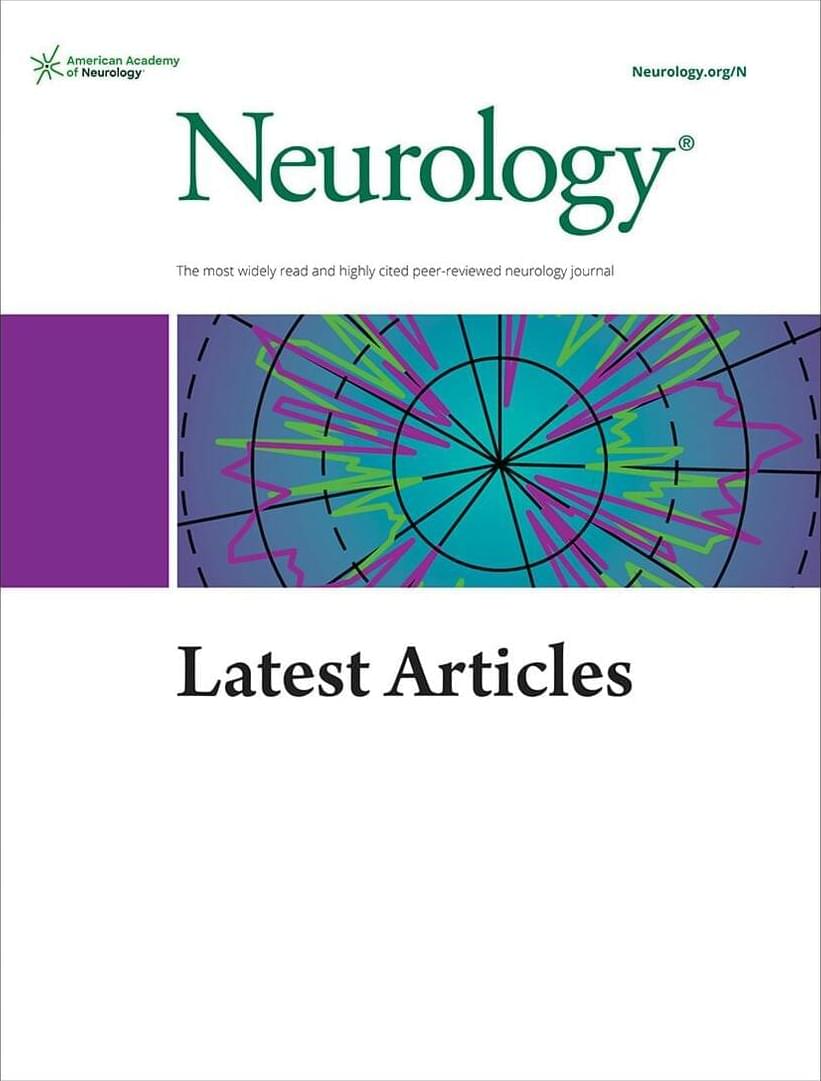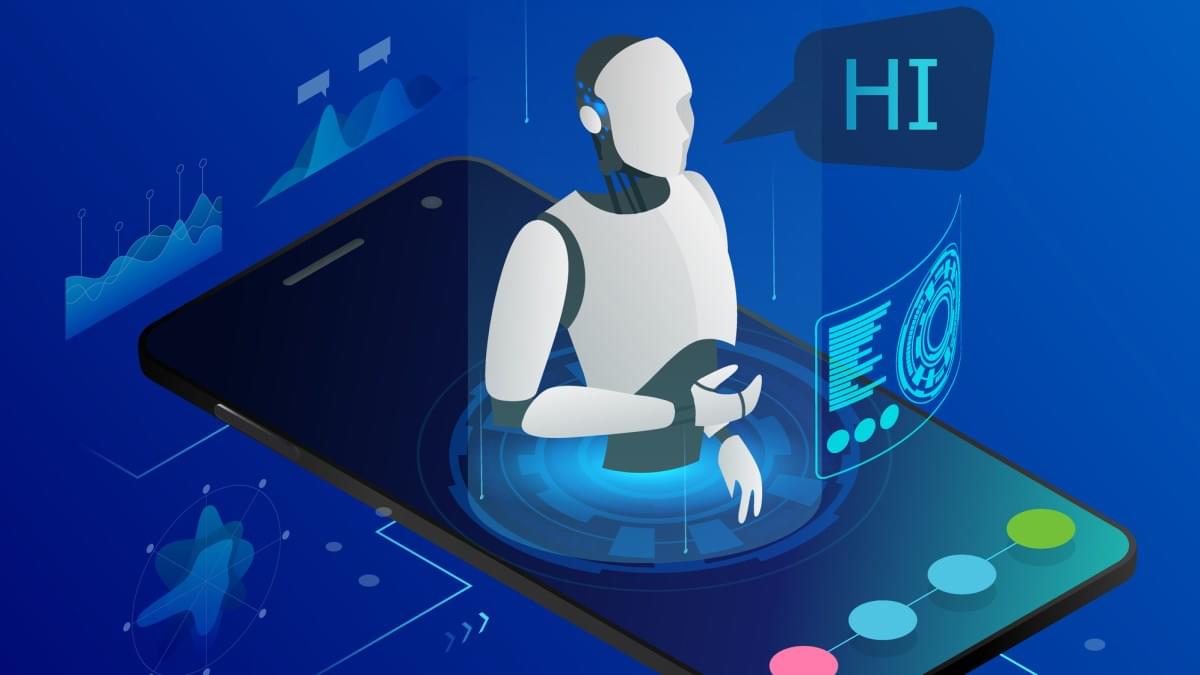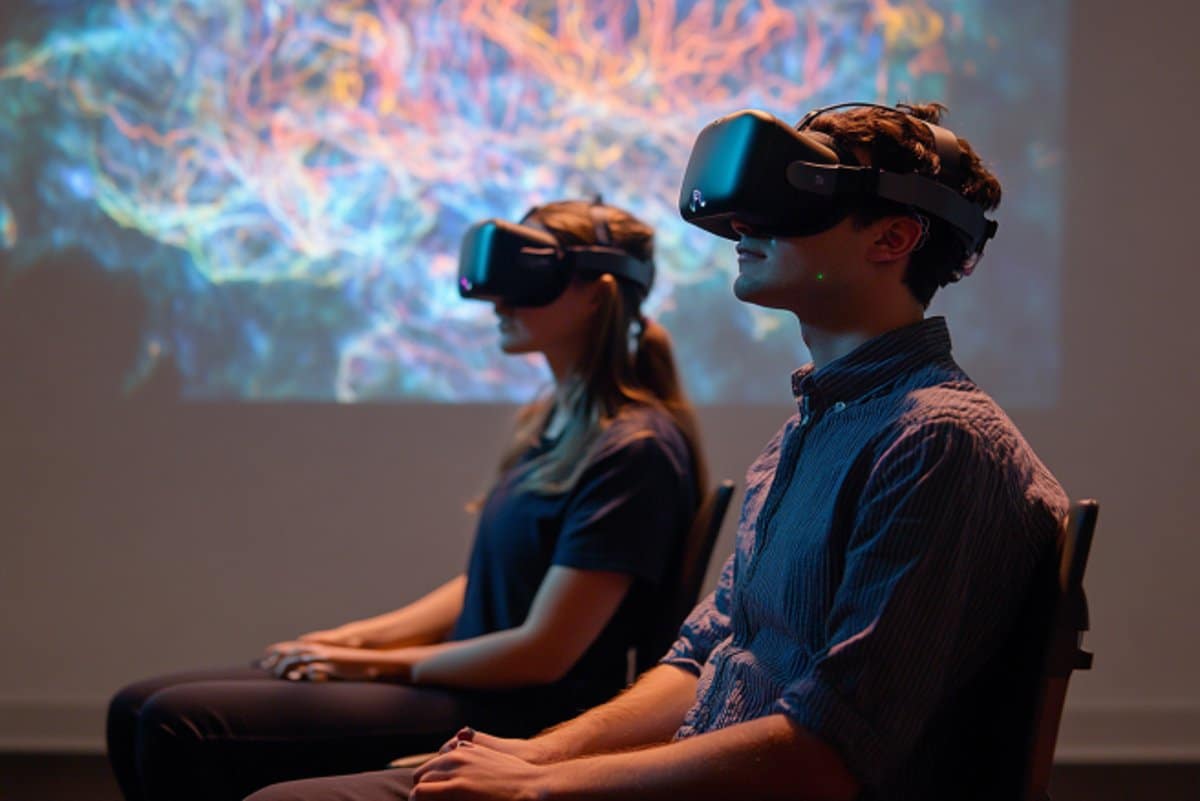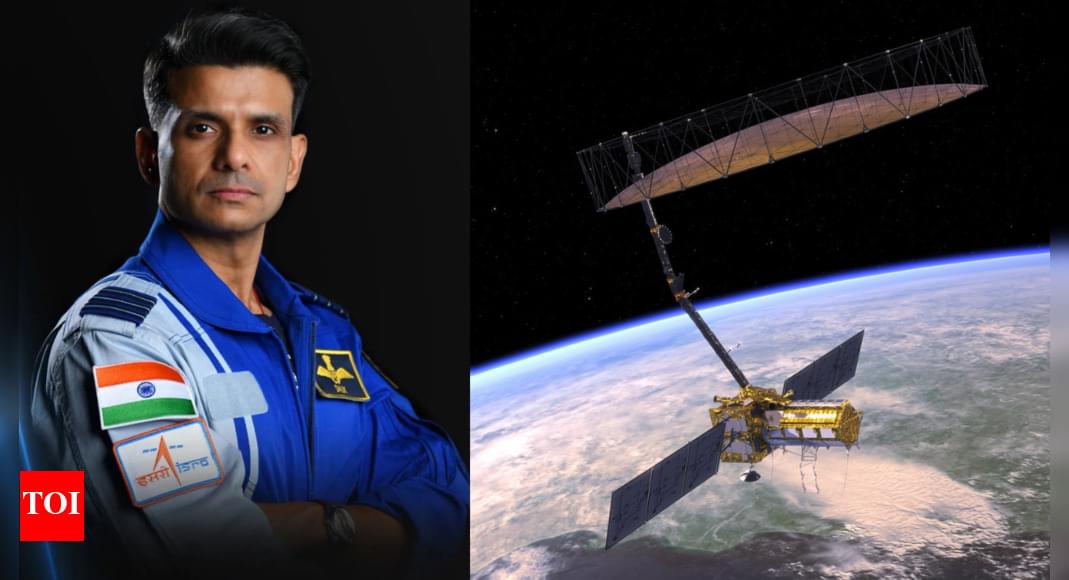Researchers conducted the first-ever near-infrared analysis of an extragalactic recurrent nova and found it is one of the hottest nova explosions ever discovered.


The Harvard RoboBee has long shown it can fly, dive, and hover like a real insect. But what good is the miracle of flight without a safe way to land?

As the world races to move away from fossil fuels, new research has uncovered an extraordinary and nearly untapped energy source hiding in plain sight— ocean currents. According to a landmark study by researchers at Florida Atlantic University (FAU), ocean currents can generate 2.5 times more power than wind farms. Even more stunning is their near-constant energy flow, making them one of the most reliable clean energy sources on Earth.
This isn’t a distant dream or a futuristic concept—it’s science-backed, data-verified, and happening now.
Ocean currents are massive, steady flows of water driven by a mix of wind, the Earth’s rotation, temperature gradients, and salinity differences. Unlike wind or solar energy, which vary with weather and daylight, ocean currents flow predictably and consistently year-round.





India’s space program is gaining momentum with astronaut Shubhanshu Shukla’s upcoming trip to the ISS as part of the Axiom-4 mission, marking the second Indian in space. Following this, the joint Indo-US NISAR satellite, a significant Earth observation project, is scheduled for launch in June. These missions highlight India’s growing capabilities and international collaborations in space exploration.

“In solid matter, heat is transferred both by mobile charge carriers and by vibrations of the atoms in the crystal lattice,” Garmroudi says, emphasizing that researchers have devised advanced techniques to engineer thermoelectric materials with exceptionally low thermal conductivity over the past few decades.
“In thermoelectric materials, we mainly try to suppress heat transport through the lattice vibrations, as they do not contribute to energy conversion,” he adds.
Garmroudi recalls developing the novel hybrid materials during his research stay in Tsukuba, Japan, supported by the Lions Award and carried out at the National Institute for Materials Science as part of his work at TU Wien (Vienna University of Technology).